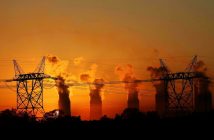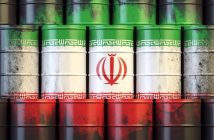
- Technology company Wärtsilä has made available an extensive interactive map that provides valuable information on the potential of renewable energy in relation to geographical regions and their solar and wind conditions.
- The Atlas of 100% Renewable Energy map is modelled on 145 countries from different regions in one-hour dispatch granularity to provide an illustrative guide as to the cost-optimal potential of developing 100% renewable electricity systems.
The work, which highlights the company’s highly advanced power system modelling capabilities, was carried out following the agreement with Lappeenranta-Lahti University of Technology LUT to collaborate on research on 100% renewable energy systems, and relies on LUT University’s database of power systems data.
“Wärtsilä and LUT have an ongoing collaboration to research 100% renewable energy systems and we are happy to be supporting Wärtsilä in developing their modelling approach to serve their existing and new customers all around the world”, says Christian Breyer, Professor for solar economy at LUT University.
The results of the modelling work reveal the importance of a wider technology mix and different types of flexibility in high-renewable power systems.
Wärtsilä’s power system modelling has compared two options; the first being a cost-optimal carbon neutral and 100% renewable energy system utilising flexible gas power plants and Power-to-X technology providing synthetic fuel for flexible gas generation, while the other option is using only solar, wind, and battery energy storage.
The differences in capacity build needs and system costs are highlighted. The map also highlights the importance and need for short-term flexibility provided by battery energy storage in high-renewable energy systems. It also emphasises the essentiality of flexibility in load balancing to support the industry’s transition.
Matti Rautkivi, the director for strategy and business development at Wärtsilä Energy Business, explained: “The benefit of this project is that it provides a picture of how systems using only renewable sourced energy can look like, and how much different types of capacity are required for 100% renewable electricity systems.”
He added: “It shows the role that different technologies have in power systems, and how they work together. The aim is to help our customers in choosing future-proof solutions that will optimise the operational costs of their power systems.”
Access the map here Atlas of 100% Renewable Energy
Author: Nicolette Pombo-van Zyl
This article was originally published on ESI Africa and is republished with permission with minor editorial changes










